You Don’t Need a Million Dollars’ Worth of Tools to Build Great Furniture
Woodshop Corner: Written by Bob Fremgen
You’d love to make some furniture. Problem is: you don’t have the fortune to build a shop to do just that.
Good news: You don’t need one.
Sure, you won’t start out making your own trendy kitchen cabinets, but at least you can start making some simple furniture in no time.
Below are the tools needed (and a rough estimate for reasonable examples) to be able to call your garage a woodworking shop.
Outfit your starter shop:
- Measuring tools. You have to measure stuff, otherwise, you wind up with crooked and lopsided furniture. Which is never good for your woodworking reputation.
- 12” or 16” Combo square. ($8) – Pick up a simple medium-bodied one. A nice feature is a built-in level. Make sure it is sturdy and there isn’t a ton of “play” between the two parts.
- 12’ tape measure. ($10) – Chances are you aren’t building a church pew, so 12 feet is plenty. Those 50-foot ones are cumbersome to work with. If you can’t find a 12-footer, a 16-footer is just fine.
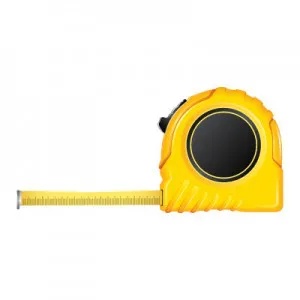
- Jigsaw. ($50) The barrel grip type gets the nod over the handle grip type. The barrel grip is less tippy and is easier to use two hands on, which is the best way to control the saw. That being said, they are more money, and since we are not advocating spending a million dollars (see blog title) a handle grip model will work. Choose a saw that utilizes a hand lever to change out the blade, versus one that requires an Allen wrench. Note: no matter how good (or bad) the saw is, if you outfit it with cheap blades, you’ll burn or splinter the wood. Buy good blades!

- Miter saw. ($120) Sliding compound miter saws are all the rage now, but a non-sliding one will be fine for your needs as a beginner. Miter saws come in 10” and 12” sizes. Either of these sizes will be fine.
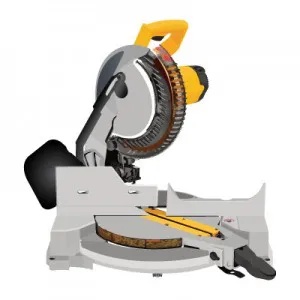
- Circular saw. ($40) The most popular circular saw size at any of the big home improvement stores is 7¼”. Which is good news, since this is the size you should get. It’s more than enough for your needs.
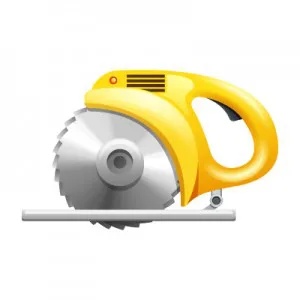
- Drill. ($30) Corded works fine, cordless works better. You don’t need the big 18 or 20-volt models. The 12-volt versions will be more than adequate for furniture making.
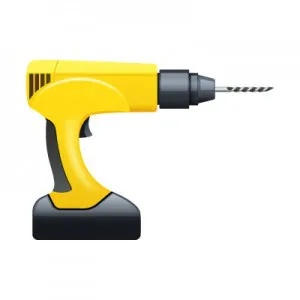
- Hammer (and nail Set). ($7) Get an old-fashioned claw hammer with a 16-ounce head and wooden handle. The bellied faced style is more forgiving than the flat-faced type. Nail sets are the solid metal device (basically a pointed rod) you use to hammer the nail below the surface, so you can fill the hole with putty and never see the nail. They are cheap, so get a couple, one should have a cone-shaped tip.
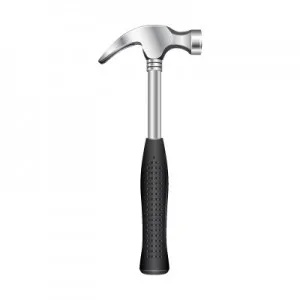
- Screwdrivers. ($8) You could get a set of screwdrivers that cover the gamut of fasteners used in woodworking. Or you can save space and money and get a screwdriver that accepts magnetic heads, so you can change out the tip and have the equivalent of a very extensive screwdriver set for around 8 bucks.
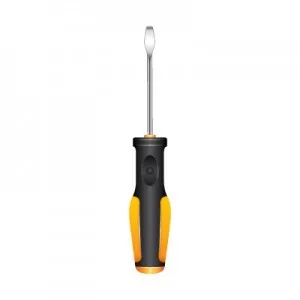
- Workmate/simple bench. ($30) Using your kitchen table or your front steps as a workbench is never a good idea. You need a work surface. A workmate is perfectly stable and is perfect if space is scarce since it folds up nicely for storing. Another option is to build a simple workbench. It should be the first piece of furniture you build.
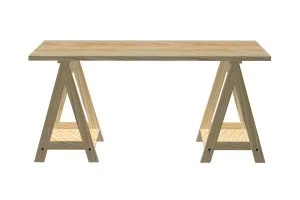
- Clamps. ($13-$16 each). There is a woodworker saying: “He/She who dies with the most clamps, wins.” For now, you only need 6. F- and C- clamps are two solid options, though I prefer F-clamps.

C-clamps (Left) and F-clamps (Right) are two solid clamp options for building great furniture.
- Safety glasses. ($4) Skip these at your own risk. Being able to see makes woodworking a whole lot easier. Safety glasses help keep you from losing your sight.
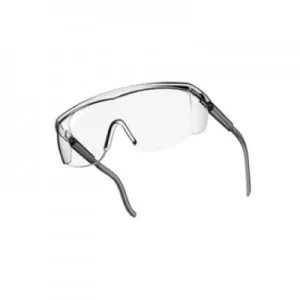
- Hearing protection. ($11). Same goes for going deaf. Sure, you can get quiet time even when the kids are going crazy, but if you like hearing, spend the eleven bucks.
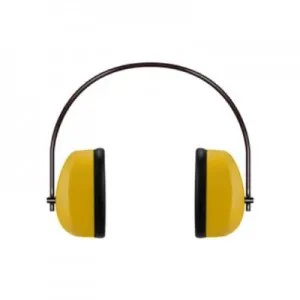
- Finishing Tools. Without finishing tools, you can still construct furniture, you just can’t finish it. That’s like building a car without painting it. Works fine, looks bad.
- Rasp and file ($10) Used to clean up saw marks and shape wood.
- Random Orbit Sander ($40) Go with a 5” diameter. Palm grip style works nicely for furniture.
- Block Plane ($11). Utilized to shape and flatten wood. In days past, craftsmen used planes instead of sandpaper to smooth wood. You have to get good with one to do that.
Grand total: Just about $500.
There’s your list. Once you’ve assembled them, you can start making furniture. Yes, you can (and will most likely want to) add tools in the future, but with this setup, you can make a lot more furniture than you think.
Now get shopping so you can get working!
For more Woodshop Corner content and other fun industry content, stay connected with Accuride!
Bob Fremgen is a longtime writer/woodworker. He learned good copy as a professional Mad Man (yes, like the TV show). He learned good woodworking from his dad getting mad at him every time he screwed up.
Related Posts
5 Project Plans with Accuride Slides
June 6th, 2023
Has Your Drawer Slide Lost Its Smooth Movement?
June 5th, 2023
